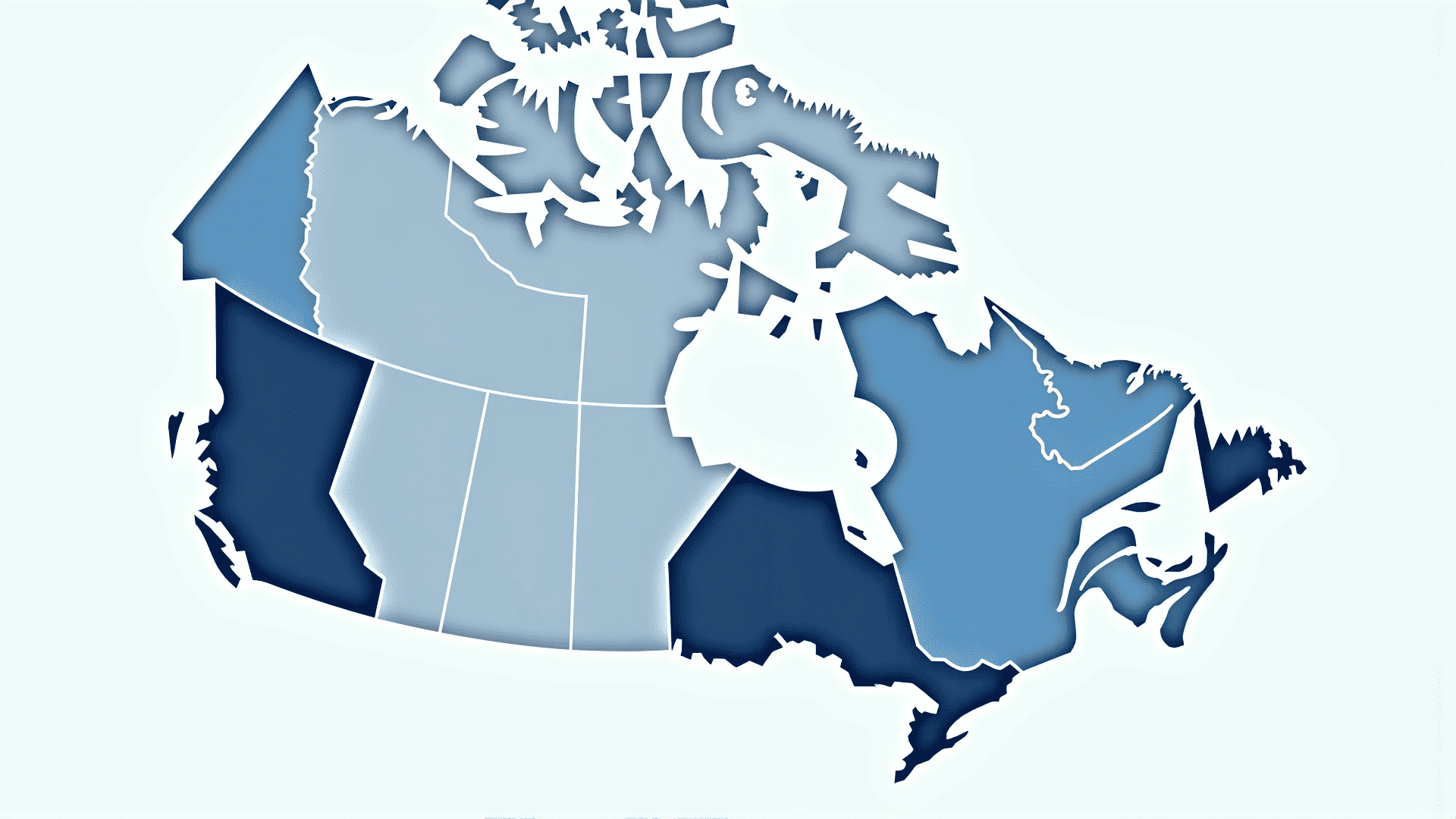In recent years, the distribution of affluence across Canada has garnered increased attention, driven by ongoing discussions around equality and economic opportunity. Several key socio-economic factors play a significant role in shaping these trends, including employment rates, education access, housing costs, and demographic shifts. Understanding these dynamics is essential for assessing their implications for the global economy.
At the heart of these trends is income inequality, which varies significantly across different provinces and territories. The coastal provinces like British Columbia and parts of Ontario, home to large urban centers, often showcase more pronounced wealth gaps. These regions attract high-paying tech and service sector jobs, driving up living costs and creating a stark contrast between high earners and those in lower-income brackets.
Educational attainment continues to be one of the pivotal factors influencing economic disparity. Individuals with higher education levels tend to secure better-paying jobs, contributing to wealth accumulation over time. However, access to quality education still varies significantly, especially in rural and remote areas, which can perpetuate cycles of poverty and limit economic mobility.
Housing costs also contribute significantly to inequitable wealth distribution. Major cities like Toronto and Vancouver have seen property prices soar, making homeownership a challenging prospect for many. As property ownership has historically been a key driver of wealth accumulation, this trend can exacerbate existing disparities, limiting the ability to build long-term financial security for large segments of the population.
Demographic characteristics, including age and immigration status, further influence economic divisions. Younger Canadians often struggle with student debt and precarious job markets, making it harder to advance financially compared to older generations. Moreover, immigrants acclimating to the Canadian economy may initially face barriers but can also contribute significantly to innovation and entrepreneurship once settled, although this integration varies widely.
The implications of these trends reach beyond national borders. As Canada is a prosperous member of the global economic community, its internal economic health can influence global markets and economic strategies. A more equitable distribution within Canada could enhance both consumer power and social stability, making it a stronger global partner.
Addressing these disparities involves policies aimed at improving education, affordable housing, and equitable job opportunities. By focusing on inclusivity and access to key resources, Canada can work towards a more balanced economic future, potentially setting an example for global approaches to wealth management and distribution.
